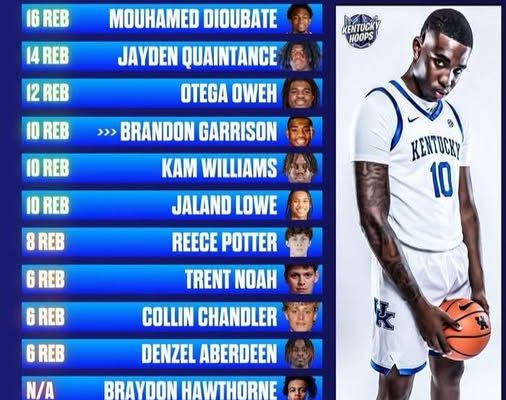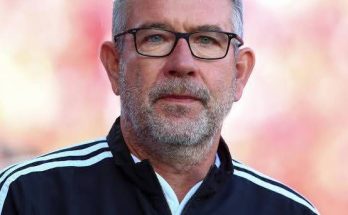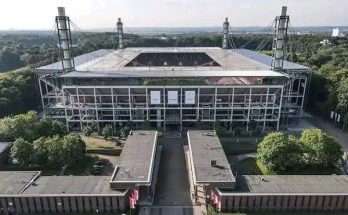Mark Pope’s return to Lexington as the head coach of the Kentucky Wildcats has stirred up a cocktail of nostalgia and high expectations. While the fanbase eagerly awaits dazzling offense and signature fast breaks, Pope is quietly building something far less flashy, but undeniably fundamental: a team that can dominate the boards. And if a recent internal rebounding stat drop is any indication, Pope’s commitment to outworking opponents in the trenches might just be the blueprint for restoring Kentucky’s championship pedigree. Behind the scenes, the data tells a compelling story. Rebounding is not just a side metric—it’s becoming the core identity of this team.
In practice scrimmages and competitive rebounding drills, the Wildcats coaching staff has kept a keen eye on who brings physicality and grit. According to sources close to the program, the team is tracking more advanced stats than ever under Pope’s leadership. Beyond basic rebounds per session, they’re measuring contested rebound percentage, box-out efficiency, second-jump quickness, and hustle metrics. These are the numbers that rarely make the ESPN ticker but decide who sees real minutes when the games count. And what they reveal is both surprising and illuminating.
The Wildcats have been defined by elite scoring in recent years, often boasting NBA-caliber guards who rack up points with ease. But the Achilles heel has too often been effort-based stats like rebounding and defense. Pope, who once led Kentucky in rebounding as a player despite not being the most athletic guy on the court, understands this all too well. He’s made it clear: If you’re not crashing the glass, you’re not playing.
The internal rebounding report highlighted three names that stood out above the rest — and two that raised red flags. Rising freshman big man Amari Williams is leading the pack in total rebounds and contested boards. The Drexel transfer isn’t just tall; he’s tenacious. His effort during live-action drills has turned heads, especially with his willingness to dive on the floor, battle in traffic, and box out multiple defenders. Williams has emerged as a foundational piece in Pope’s system, already drawing comparisons to the likes of Oscar Tshiebwe — not because of polish, but because of pure will.
Equally impressive has been Brandon Garrison. The former McDonald’s All-American, known mostly for his defensive prowess, is starting to tap into a rebounding gear that few expected. He ranks second in box-out percentage and leads the team in defensive rebounds per possession in five-on-five scenarios. His timing and anticipation are elite, but it’s his commitment to getting position early that’s earned him praise from the staff. Garrison’s minutes may not be flashy in the box score, but Pope sees him as the anchor that allows the offense to push in transition.
Then there’s the unexpected breakout: freshman wing Collin Chandler. Known primarily for his shot creation, Chandler’s rebounding numbers have shocked the coaching staff. He currently ranks third in total rebounds and has the highest rebound conversion rate among guards and wings. Pope has praised his “offensive rebounding hunger,” particularly his knack for sneaking in from the perimeter and extending possessions. It’s a trait that Pope believes separates good teams from great ones — and Chandler is setting himself apart as a two-way contributor who refuses to be pigeonholed.
On the other end of the spectrum, not every name in the stat sheet is trending positively. Veteran wing Kerr Kriisa, while an elite shooter and floor general, has struggled to make an impact on the boards. He ranks last among rotation guards in total rebounds and has posted the lowest contested rebound rate on the team. While Pope has emphasized the importance of spacing and leadership from Kriisa, it’s clear that the leash won’t be long if the hustle stats don’t improve. Rebounding is non-negotiable in this new system.
Even more alarming is the performance of sophomore forward Zvonimir Ivisic. The 7’2” Croatian unicorn has all the tools — length, mobility, touch — but has been inconsistent in rebounding drills. He’s been outmuscled by smaller teammates and has one of the lowest box-out grades on the team. For a player with NBA aspirations, it’s a wake-up call. Pope reportedly challenged Ivisic after a recent practice, telling him, “You can’t teach height, but you can demand effort.” The message was loud and clear.
So why is all this focus on rebounding? Because it’s not just a stat — it’s a culture. Every great Kentucky team, from the 1996 Untouchables to Calipari’s 2012 championship squad, has had a rebounding identity. Whether it was Anthony Davis swatting everything in sight or Michael Kidd-Gilchrist flying in from the wing, the common denominator was relentlessness on the glass. Pope knows this history well. He was part of it. And he’s betting that a return to those gritty, blue-collar fundamentals is what will close the gap between talent and titles.
Behind closed doors, the Wildcats coaching staff has adopted a “rebound and run” philosophy. It’s simple but brutally effective: win the rebounding battle, then punish teams in transition. Every practice starts with rebounding circuits. Players are penalized not for missing shots, but for failing to box out. It’s a reversal of how many programs operate, where offensive drills take precedence. At Kentucky under Pope, the dirty work comes first.



